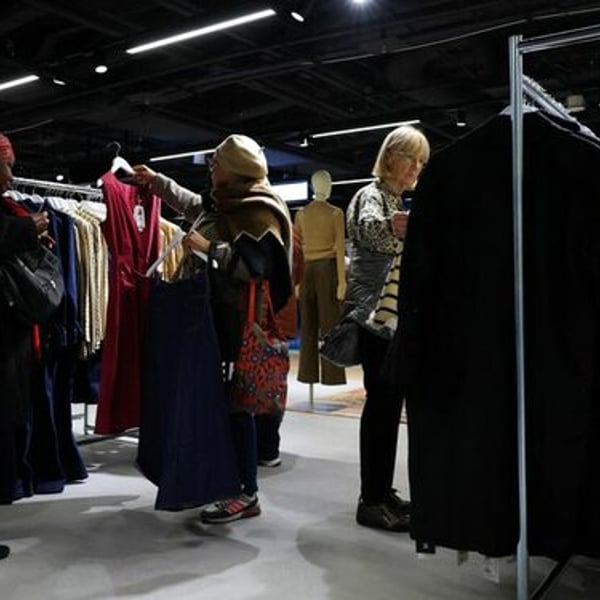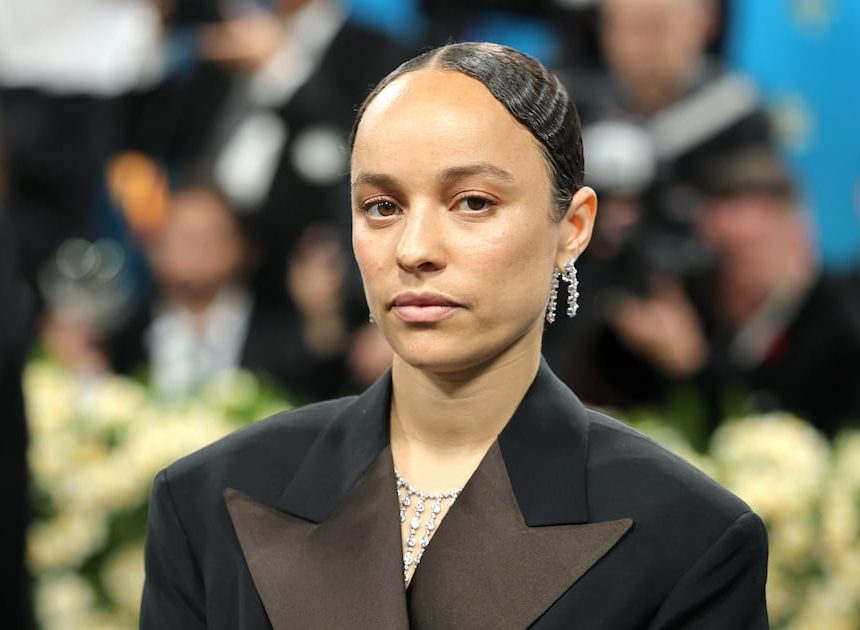22 October, 2025
0 Comments
1 category
Listen to and follow ‘The Debrief’: Apple Podcasts | Spotify | Overcast
Background:
This fashion month, models walked the tightrope between fantasy and function. On the runway, spectacle was dialled up to 100: Alaïa’s armless “straitjacket” dress, Margiela’s metal mouthpieces, and Jean Paul Gaultier’s naked male body prints were among the pieces to spark a wider debate.
Some critics have asked what feels like an obvious question: do designers actually understand — or even care — how women dress in their real lives?
The Business of Fashion‘s Diana Pearl and Cat Chen join senior editor Sheena Butler-Young to examine why criticism is intensifying now, the role of authorship and how brands can balance showmanship with wearability.
Key Insights:
- Designers face backlash when spectacle eclipses women’s realities. As Pearl observes, “designers weren’t really designing for actual women — or at worst, designing clothes that felt almost disrespectful.” To Pearl, many runway moments “felt either like it was erasing the woman or immobilising them… like fashion is a form of torture.” Even if looks are “dramatized for the runway,” she says, “there’s still a message being sent” that can be interpreted as designers not respecting women.
- Chen doesn’t see this season as uniquely outrageous in a vacuum, but says context matters. She adds that criticism hits harder now amid other external circumstances, one of which is that many brands are struggling financially. “The fact that these designers had a commercial incentive to be more resonant with consumers and then created these collections that didn’t hit at that level, I think that made these collections so much more perceptible to be criticised in this way,” says Chen.
- Body diversity is the more urgent gap to fix. Pearl says the ultra-thin casting “adds insult to injury… a parade of models that are all extremely thin and… unattainable,” compounding the sense that runways aren’t made with real women in mind. Chen goes further: “the lack of body diversity on the runway is a huge problem,” noting data that shows representation “falling straight down from 2023 to 2025.”
- Pearl notes perception shifts with who’s in charge: “Women aren’t represented at the top, so it makes us more primed to look at a mouthpiece and feel it’s sexist because it’s coming from a male designer.” Still, she points to shows that balance both: Chanel’s debut “felt very wearable” while staging delivered “otherworldly” theatre, and Khaite’s runways pair mood with pieces that, also, “feel very wearable.” Chen adds that smaller, women-led brands win by staying close to their customer: “It’s really not about spectacle, it’s about being in the same room as their customers.”
Additional Resources:
Category: FASHION


